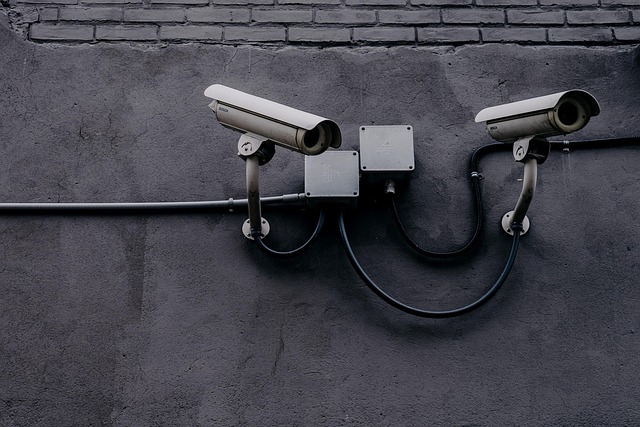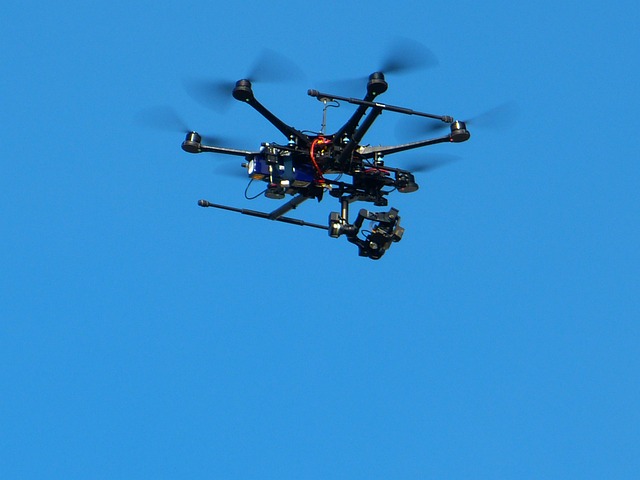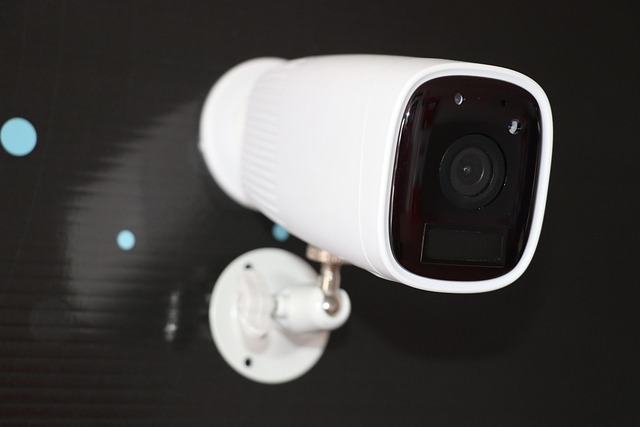Wireless surveillance has revolutionized residential security by offering flexible, comprehensive solutions through IP cameras and motion sensors. Homeowners can easily install and remotely monitor systems using smartphone apps or computer interfaces, receiving instant alerts upon detecting potential intruders. This technology allows for customized configurations based on individual property needs, covering entry points, backyards, and vulnerable areas with multi-dimensional security. Advanced features like night vision, two-way audio, and automated zoning make wireless surveillance a preferred choice for advanced residential protection. Regular maintenance ensures optimal performance, providing homeowners with unparalleled peace of mind.
In today’s digital era, ensuring residential security has evolved with the advent of sophisticated wireless surveillance systems. This comprehensive guide delves into the intricacies of creating tailored surveillance plans for your home, leveraging the power of wireless technology. From understanding the fundamentals of wireless surveillance to implementing and maintaining an effective system, this article equips you with knowledge to safeguard your property. Discover the key components that make up a robust wireless surveillance setup and learn how continuous monitoring enhances overall security.
- Understanding Wireless Surveillance for Residential Security
- Assessing Property Needs for Tailored Surveillance Plans
- Components of an Effective Wireless Surveillance System
- Implementing and Configuring Wireless Surveillance Devices
- Continuous Monitoring and Maintenance for Optimal Security
Understanding Wireless Surveillance for Residential Security

Wireless surveillance has become an integral part of modern residential security strategies. It offers a comprehensive and flexible solution for homeowners looking to protect their properties. By leveraging wireless technology, such as IP cameras and motion sensors, security systems can be easily installed and monitored remotely via smartphone apps or computer interfaces. This enables residents to stay connected to their homes at all times, receiving instant alerts when potential intruders are detected.
In the context of tailored surveillance plans, wireless surveillance allows for customized configurations based on individual property needs. Cameras can be strategically placed to cover entry points, backyards, and other vulnerable areas, providing a multi-dimensional layer of security. Additionally, wireless systems often incorporate advanced features like night vision, two-way audio, and automated zoning, further enhancing their effectiveness. This technology’s convenience, accessibility, and powerful capabilities make it a preferred choice for those seeking advanced residential protection.
Assessing Property Needs for Tailored Surveillance Plans

When creating tailored surveillance plans for residential properties, assessing the unique needs of each property is paramount. This involves evaluating factors like the size and layout of the grounds, specific security concerns, and existing infrastructure. For instance, a large estate with multiple buildings and extensive landscaping may require a more comprehensive wireless surveillance system to monitor all entry points and potential vulnerabilities. In contrast, a smaller home might benefit from strategically placed cameras focused on key areas such as the main entrance, garage, and backyard.
Understanding the property’s daily activities, resident routines, and potential risks is also crucial. This knowledge allows for the design of surveillance plans that are both effective and discreet. Integrating wireless surveillance technology seamlessly into these plans ensures round-the-clock security without compromising on aesthetics or comfort. By tailoring the system to meet specific needs, homeowners can enjoy enhanced safety and peace of mind.
Components of an Effective Wireless Surveillance System

A wireless surveillance system is a comprehensive solution for protecting residential properties, offering a range of components that work in harmony to provide robust security. The heart of the system is high-quality cameras, strategically placed to capture clear and detailed footage of the property’s perimeter and interior. These cameras should have advanced features like night vision, motion detection, and 4K resolution to ensure optimal visibility around the clock.
Complementing the cameras are wireless sensors that detect and monitor various activities. Door and window sensors provide early warning signs of potential intrusions, while glass-break detectors offer an additional layer of protection. Motion sensors in key areas can trigger alerts, ensuring a swift response to any suspicious activity. Integrating these components with a central control panel allows for easy management, enabling users to monitor their properties remotely via a dedicated app or software.
Implementing and Configuring Wireless Surveillance Devices

Implementing and configuring wireless surveillance devices offers a modern, efficient approach to securing residential properties. These devices, free from the constraints of physical wiring, provide unparalleled flexibility in placement, allowing for comprehensive coverage of both interior and exterior spaces. Homeowners can strategically position wireless cameras, motion sensors, and door/window contacts to monitor high-risk areas such as entry points, garages, and valuable asset locations.
Configuration involves setting up a secure network connection between devices, often facilitated by a central hub or gateway. This enables remote access and real-time monitoring through smartphone apps or web interfaces. Additionally, wireless surveillance systems can be integrated with automation platforms, triggering alarms or notifications when unusual activities are detected, enhancing both security and peace of mind for homeowners.
Continuous Monitoring and Maintenance for Optimal Security

In today’s digital era, continuous monitoring is a cornerstone of comprehensive security for residential properties. Implementing tailored surveillance plans that leverage wireless surveillance technology offers an unparalleled level of safety and peace of mind. These systems are designed to detect and respond to potential threats in real-time, ensuring immediate action when anomalies are identified.
Regular maintenance plays a vital role in keeping these surveillance mechanisms effective. Professional upkeep includes updating software, calibrating sensors, and verifying the integrity of all components. This proactive approach ensures optimal performance, minimizing false alarms while maximizing sensitivity to potential risks. Continuous monitoring and diligent maintenance create an impenetrable security network for any residential property.
Wireless surveillance is transforming residential security, offering a level of monitoring tailored to individual property needs. By assessing specific requirements, implementing effective components, and ensuring continuous maintenance, homeowners can leverage the power of wireless technology for enhanced safety and peace of mind. Integrating these strategies allows for a comprehensive approach to security, providing a safe haven in today’s digital era.
